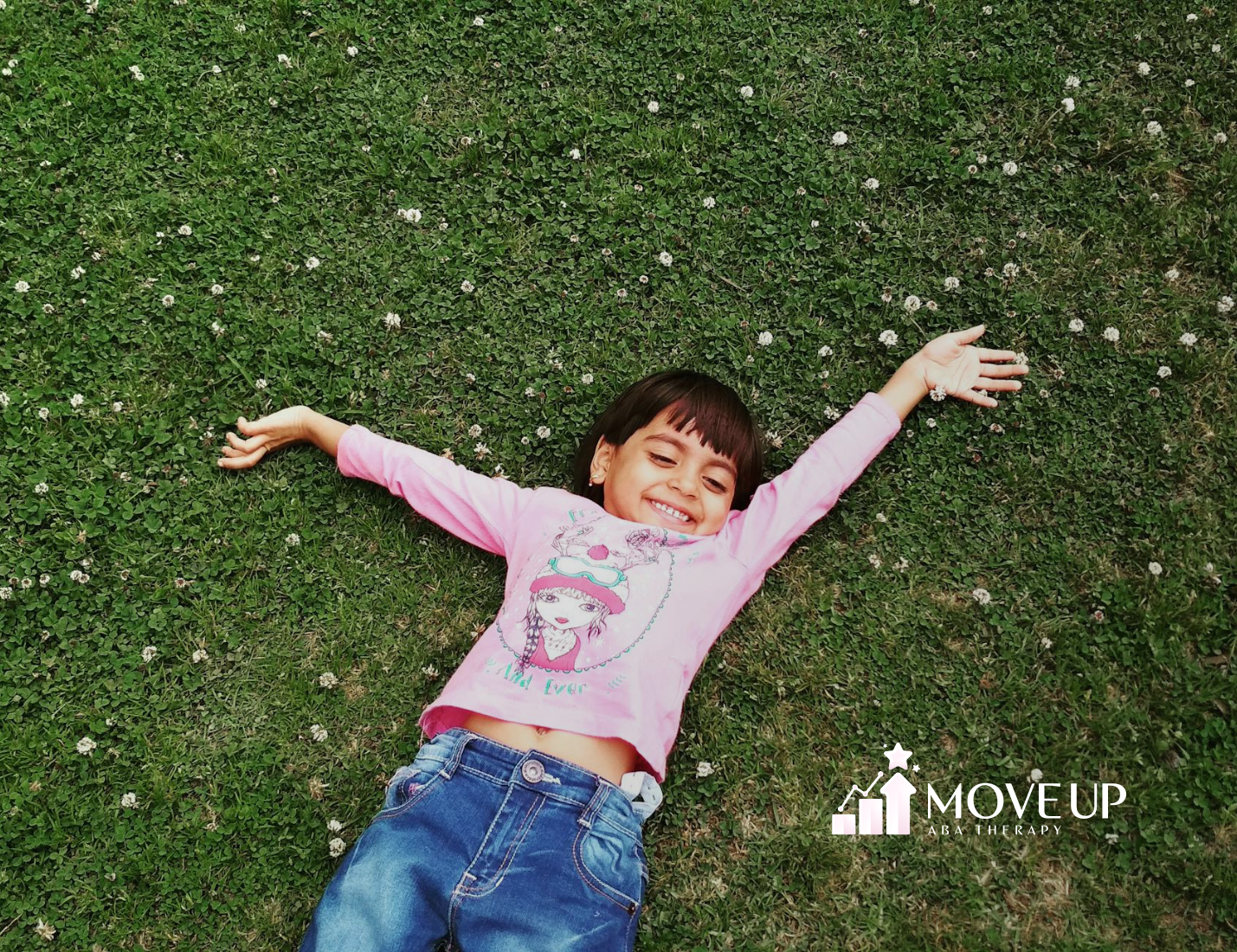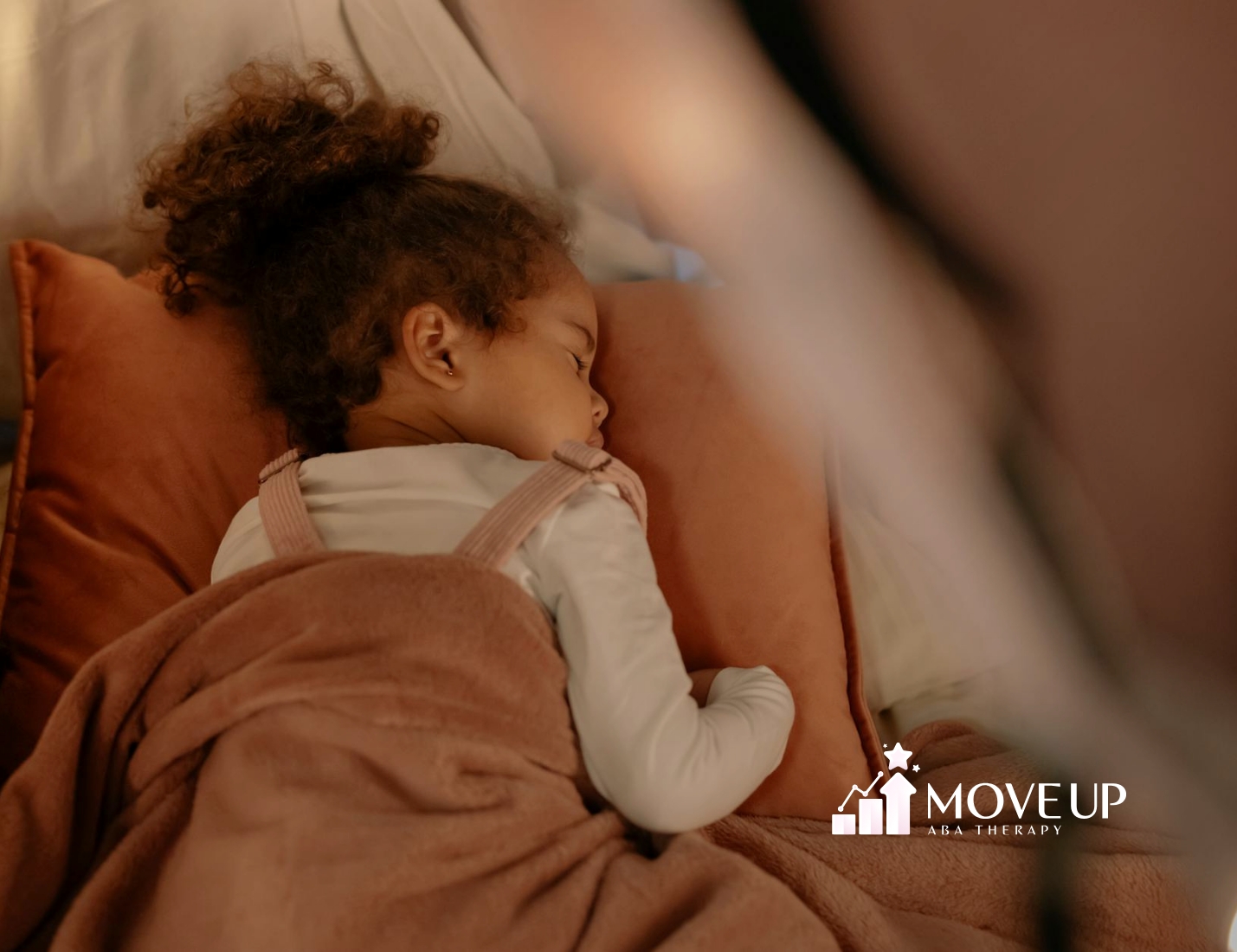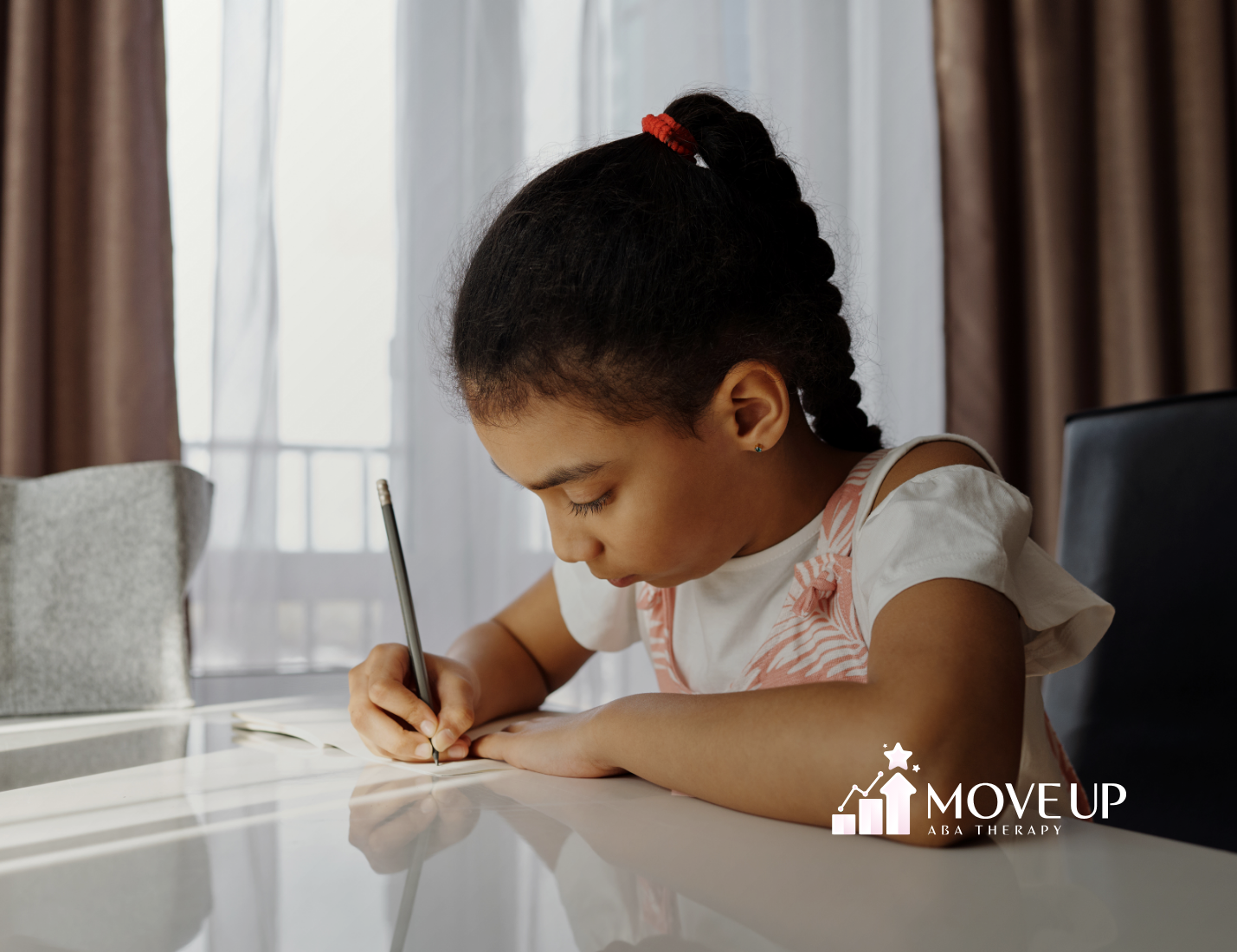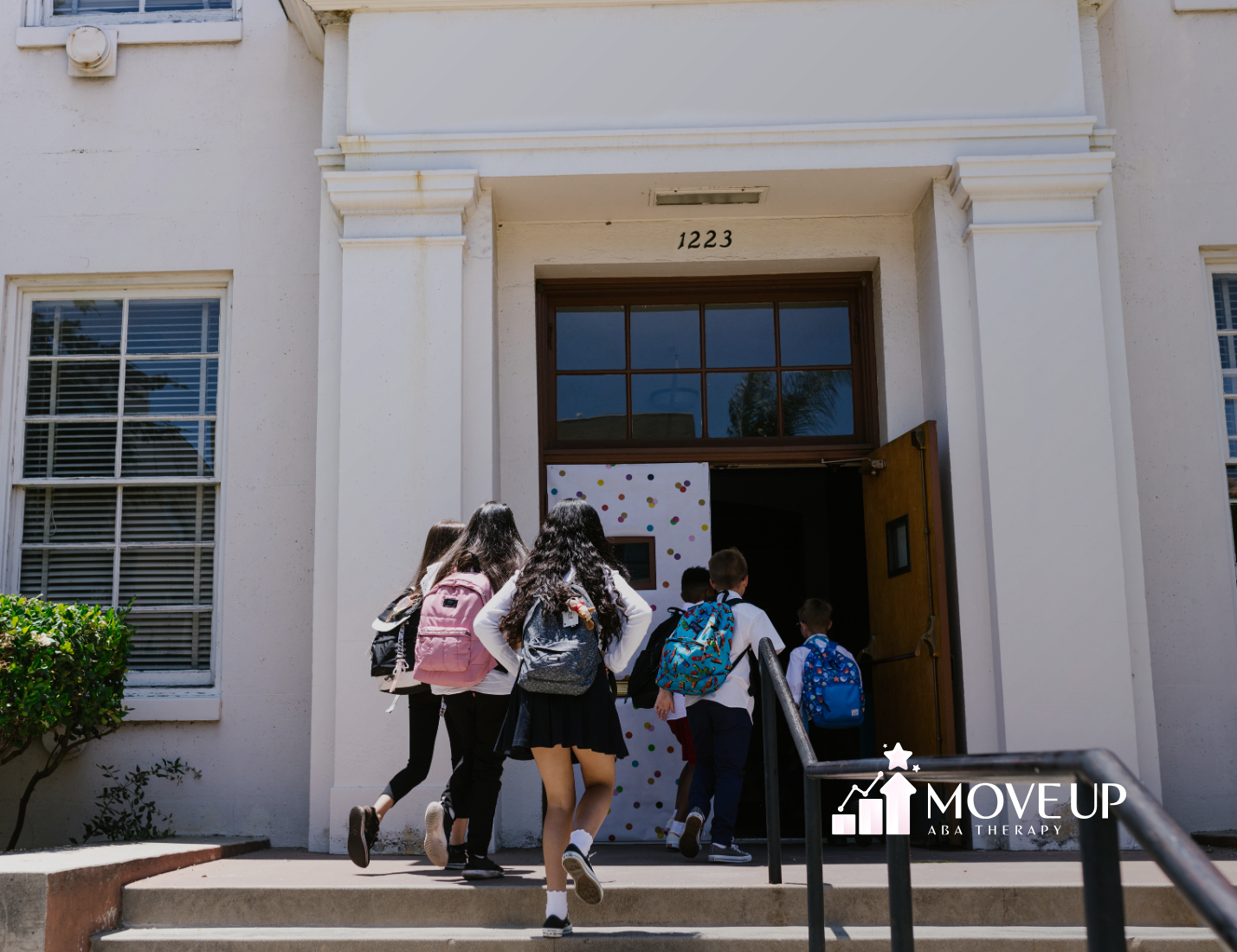Understanding Social Communication Challenges
Understanding how kids with Autism Spectrum Disorder (ASD) communicate is crucial for their parents and caregivers. It’s like having a playbook, helping them figure out the best plays to support their kids at school, parties, and just about anywhere social stuff happens.
Impact of ASD on Communication
Kids with ASD may have a harder time picking up on and using language the way other kids do. They might zone out when someone’s chatting or struggle to read the silent messages we all send with our hands, eyes, and faces. Plus, there’s the whole tricky business of getting grammar and pronouns right.
| Communication Skill | Difficulty Level |
| Language Development | High |
| Understanding Speech | High |
| Nonverbal Communication | Moderate |
| Grammar Usage | High |
Common Communication Difficulties
Folks with ASD often hit a few bumps in the road when trying to communicate and hang out with others. This might lead to some misunderstandings because they see the world a bit differently.
Some communication quirks you might notice:
- They might use a lot of repetitive words or phrases like a catchy song that just won’t leave your head, sometimes known as echolalia, where they say things over and over without it fitting the conversation.
- Sometimes they talk in a way that feels like it’s from a language only they understand, using made-up words that make perfect sense to them.
- Picking up on social hints can be a real challenge, leading to those “wait, what?” moments in conversation.
To really get what it’s like inside the heads of those with ASD, check out stuff about autism empathy challenges and understanding autism perspective. These pages can give you a whole new angle on how autism affects how people communicate and interact with others.
Addressing Social Communication Issues
Dealing with communication struggles in those with Autism Spectrum Disorder (ASD) can have a huge impact on their lives. Tackling these problems is key, and there’s a bunch of ways to go about it.
Therapeutic Techniques
Plenty of therapies are ready to lend a hand to kids with ASD in boosting their chatting skills. One popular method is Applied Behavior Analysis (ABA). This is all about using interaction and rewards to promote good behavior and chatting skills. It’s said that 20 to 40 hours a week of ABA can really help kids handle their behavior and get better at connecting socially.
Getting speech-language pathologists involved can also make a big difference. These pros size up how someone communicates and set up personalized plans to hit those goals. Maybe it’s about getting better at talking, or perhaps using hand signs or symbols suits them better.
| Therapeutic Technique | What’s it About? | Suggested Weekly Hours |
| Applied Behavior Analysis (ABA) | Behavior tweaks using rewards to encourage the good stuff | 20 – 40 |
| Speech-language therapy | Picking apart talking skills and setting up a custom game plan | Depends on what’s best for the kiddo |
Speech Generating Devices
Speech Generating Devices (SGDs) bring a tech twist to help kids and teens who can’t speak well. They’ve shown to work wonders for 3 to 20-year-olds. These gadgets use a mix of apps and programs with pictures or text for letting users voice their thoughts.
By sliding SGDs into the mix, kids who might not talk much get a shot at filling those communication blanks. Using these devices lets kids dive deeper into social situations, helping them bond with friends and grown-ups. The visual aids stick the landing for understanding and get kids talking.
| Type of Device | Best Age Range | Good Stuff About It |
| Speech Generating Devices (SGDs) | 3 – 20 years | Boosts talking skills, nails down visual talking cues |
Using both therapy techniques and high-tech gadgets like SGDs gives those with autism a lift in their social chatting skills. Approaches that are spot-on for the individual make positive connections happen and crack the code of social hangouts. For more on how autism can mix with empathy, check out autism empathy challenges or neurodiversity and empathy.
Social Interaction Hacks
Applied Behavior Analysis (ABA)
Applied Behavior Analysis (ABA) is like the secret sauce for helping kids with autism jump over social communication hurdles. This therapy hones in on reshaping behaviors through hands-on interventions and has a thumbs-up from folks in-the-know. Experts recommend 20 to 40 hours of ABA therapy weekly. Why? It keeps behaviors in check, amps up social skills, and smooths out any classroom bumps.
ABA digs into a kiddo’s behaviors, rolling out tricks that nudge them toward good social vibes. Using rewards like high-fives or extra playtime, it motivates kids to pick up must-have communication and hangout chops. With strategies customized for each child’s vibes and abilities, here’s what ABA zooms in on:
| Component | Description |
| Reinforcement | Rewarding good behavior with treats and pats on the back when they communicate or socialize like champs. |
| Modeling | Therapists show off social moves, letting kids learn by copying like little social ninjas. |
| Prompting | Helping kiddos through social scenes step by step until they’re rocking it on their own. |
| Generalization | Giving skills a test drive in everyday life so they’ll stick and grow in any setting. |
Moms, dads, and caregivers are the unsung heroes of ABA. By being all ears, they can catch early signs and work on stuff like eye contact or gesturing. This boost start sets the stage for future social wins.
Tagging along with speech therapists is a win, too. These pros check out how a child communicates and whip up game plans just for them. Whether improving speech or grooving on gestures or symbols, the goals align with individual needs.
Interestingly, research points out that kids with Autism Spectrum Disorder (ASD) might see a drop in social skills as they grow up, unlike other kids. That’s why getting a jump on ABA strategies early can lend a helping hand in closing the social interaction gap and giving ASD kids a leg up in making friends.
Throw in ABA with some family tenderness and pro pointers, and kids with autism can tackle social hang-ups head-first. If you’re curious about other challenges in social bonding, dive into autism empathy hurdles and neurodiversity vibes.
Conclusion
Improving social communication skills in individuals with autism requires a structured and supportive approach. Autism treatment therapy focuses on enhancing interaction, language development, and understanding social cues through personalized strategies. If you’re looking for expert guidance, explore local therapy providers today to find the right support for your child’s growth and communication success.
Move Up ABA is Maryland’s leading provider of personalized ABA therapy, helping individuals with autism overcome social communication challenges with expert guidance. Their tailored programs focus on building meaningful connections, improving conversation skills, and fostering confidence in social settings. Ready to help your child thrive? Contact Move Up ABA today and take the first step toward stronger communication and lasting progress.
Frequently Asked Questions
What are social communication obstacles in autism?
Individuals with autism may struggle with verbal and nonverbal communication, including understanding social cues, maintaining conversations, and expressing emotions.
How does autism affect social interactions?
Autism can impact a person’s ability to interpret facial expressions, tone of voice, and body language, making social interactions more challenging.
What are common signs of social communication difficulties in autism?
Signs include difficulty making eye contact, trouble understanding jokes or sarcasm, repetitive speech patterns, and challenges with reciprocal conversations.
Sources:
- https://www.nimh.nih.gov/health/topics/autism-spectrum-disorders-asd
- https://www.nidcd.nih.gov/health/autism-spectrum-disorder-communication-problems-children
- https://educationonline.ku.edu/community/social-difficulties-in-autism-spectrum-disorder
- https://pmc.ncbi.nlm.nih.gov/articles/PMC10291379/
- https://www.behavior-analysis.org/
- https://www.nu.edu/blog/7-autism-behavior-and-communication-strategies/
- https://medicareadvocacy.org/medicare-info/medicare-part-b/durable-medical-equipment/speech-generating-devices-sgds/





